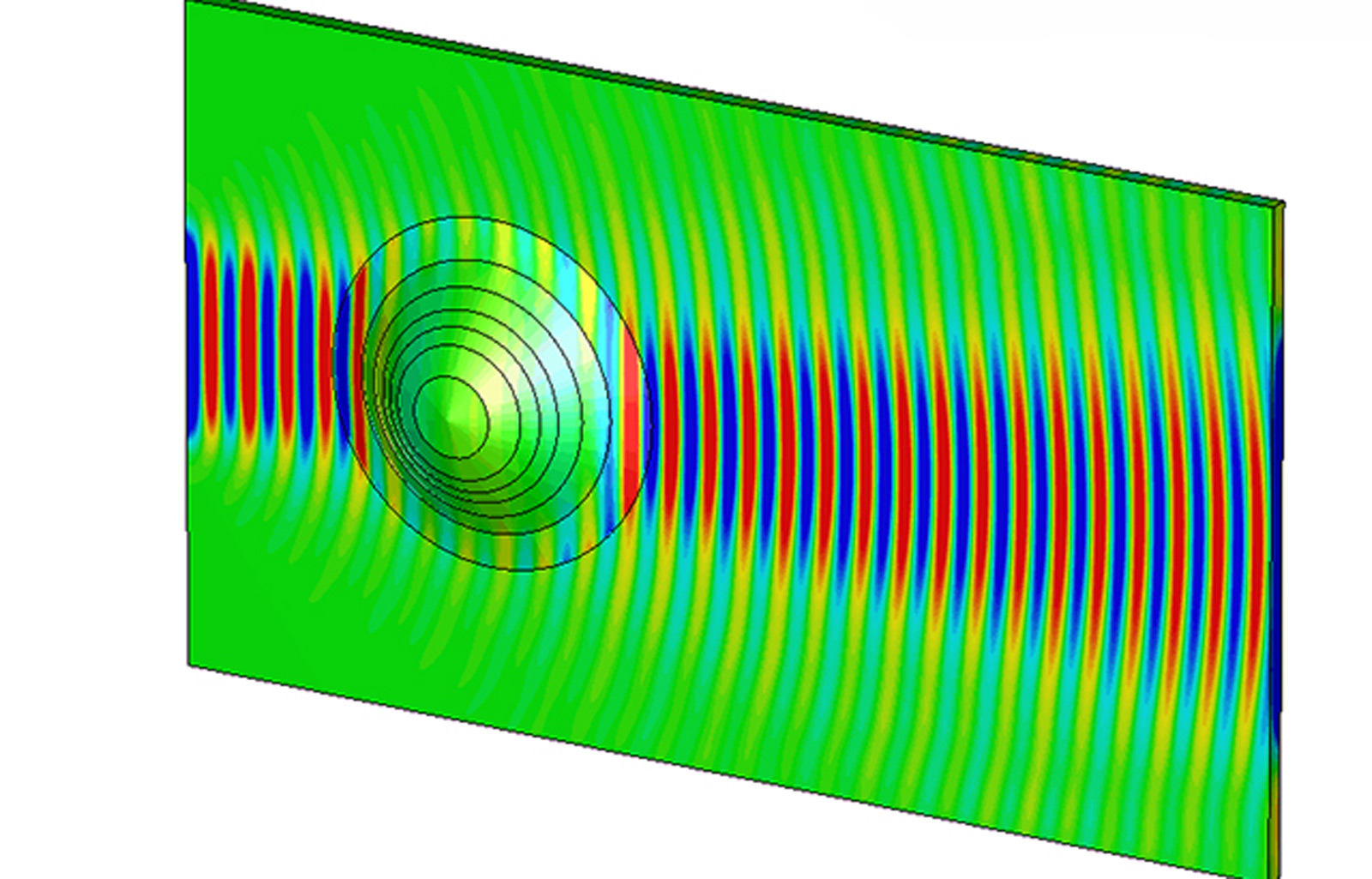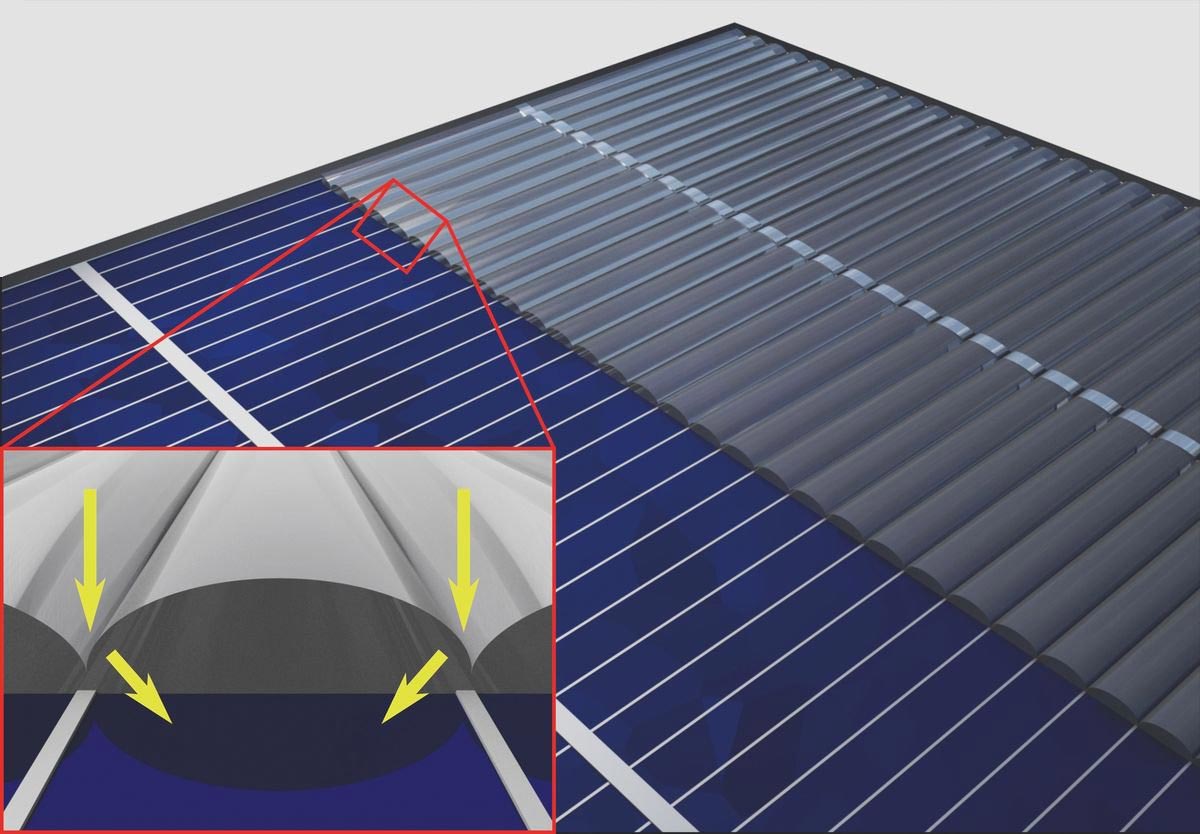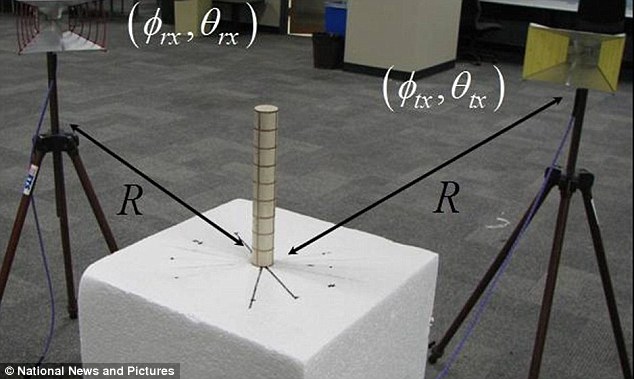The iPhone X is packed with great technology, even if it is super expensive. The phone’s face-tracking capabilities are especially impressive. You know a phone is really great when it can make you invisible. Well, your face at least. A video recently surfaced, demonstrating a cool invisible face hack using the iPhone X. That’s fun to say: Invisible face hack. Invisible face hack. There, I ruined it. It’s not special anymore. Anyway, this hack was created by Japanese app developer Kazuya Noshiro using the phone’s facial recognition and tracking capabilities.

How it works is pretty simple. Noshiro’s tweets reveal that the app was made with the Unity game development platform. It uses a fixed camera position to shoot a background that creates the illusion. In other words, the face is replaced with the background. But your hair, eyes and lips remain, just because it’s much creepier that way.
iPhoneXで顔だけ光学迷彩っぽくなるやつできた pic.twitter.com/aPXJcHi8Y4
— のしぷ (@noshipu) December 27, 2017
The video is only 10 seconds long, but that’s plenty of time to let the nightmare sink in so that it’s ready for bedtime tonight. No word yet on when the app will be released or what it might be used for besides the obvious novelty of it.
[via The Verge via Geekologie]
 Humanity is still some distance away from a real, honest-to-goodness invisibility cloak, but British scientists are that much closer to making it practical. They've developed a coating that uses graded refractive index nanocomposite materials (just r...
Humanity is still some distance away from a real, honest-to-goodness invisibility cloak, but British scientists are that much closer to making it practical. They've developed a coating that uses graded refractive index nanocomposite materials (just r...
 Current solar panel technology has enough trouble as it is converting sunlight into useable current, what with their paltry 20 percent average efficiencies. And it certainly doesn't help matters that up to a tenth of every solar panel's active coll...
Current solar panel technology has enough trouble as it is converting sunlight into useable current, what with their paltry 20 percent average efficiencies. And it certainly doesn't help matters that up to a tenth of every solar panel's active coll...






